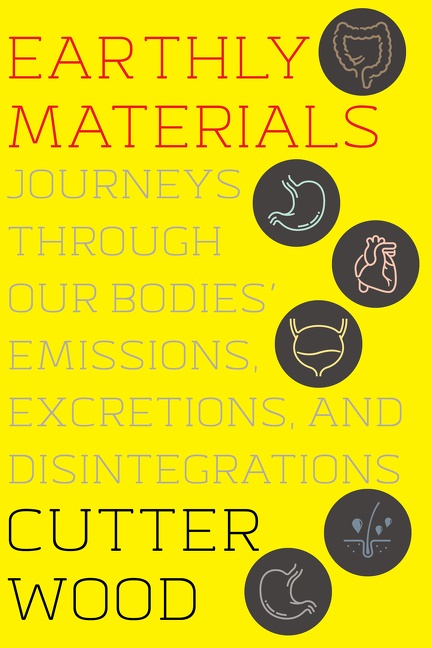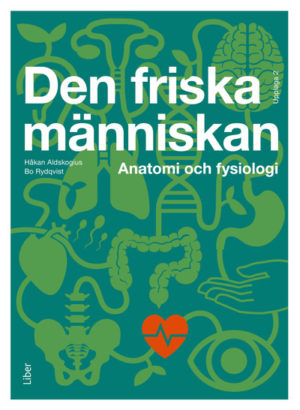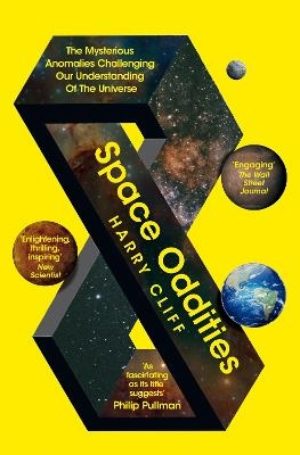
Earthly Materials
Earthly Materials
Bill Bryson’s The Body meets Mary Roach’s Gulp (with a dash of What’s Your Poo Telling You?) in this rollicking and delightfully educational tour of our bodily emissions—from mucus to sweat to poop—revealing them to be as fascinating as they are embarrassing and proving how essential they are to human health.
In biology class, we learn that the body is a fundamentally cohesive organism, a collection of organs and tissues working together to a common purpose, all overseen by the brain and wrapped up tidily in a covering of skin. But while this idea of the body isn’t false, it fails to give us a complete picture in one crucial way: though the system appears tidy and self-contained on the page, in reality it is far from it. Whether it is blowing its nose, mopping sweat from its brow, or excusing itself to the restroom, the human organism is essentially porous.
Our bodies continuously shed material, and while we often think of these materials as wastes, they serve far more complex functions. The exchange, elimination, and frequent disguise of our effluence has been elemental to the development of human civilization, and our lives today are still governed by a host of laws and superstitions and social mores about the materials our bodies leave behind.
In thirteen discrete chapters, Earthly Materials tells a story about one of the materials the human body sheds—from breath and urine to vomit and tears. Sometimes the questions examined are historical. What have we physically done with all the urine produced in our cities? Sometimes they approach the matter through a philosophical lens. Is it ever logical to cry? Sometimes they explore recent scientific discoveries. How does mucus undermine our understanding of natural selection? But they always offer a window into how we negotiate our place in the world and how we get along with one another.






